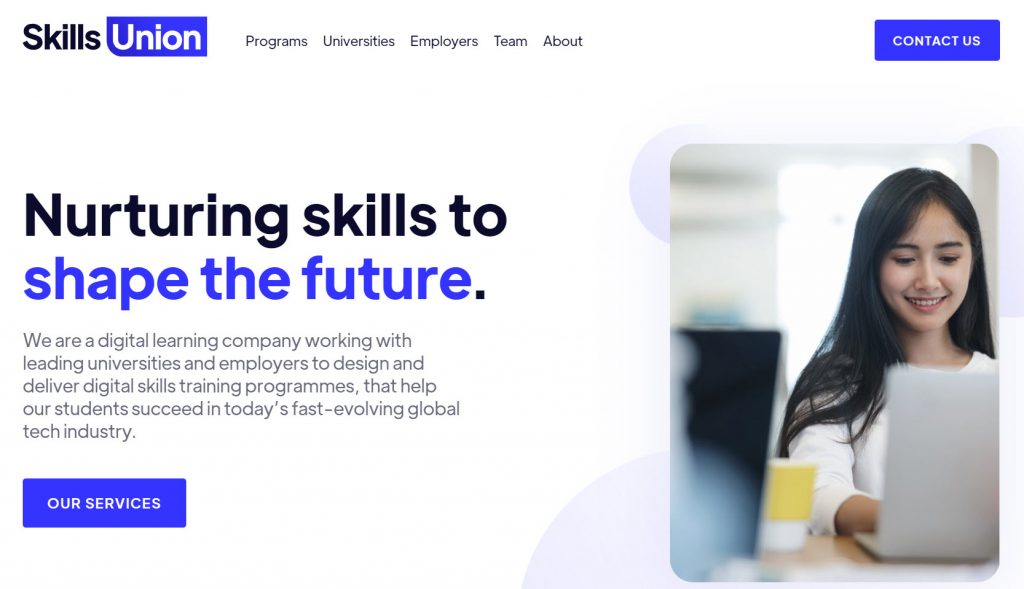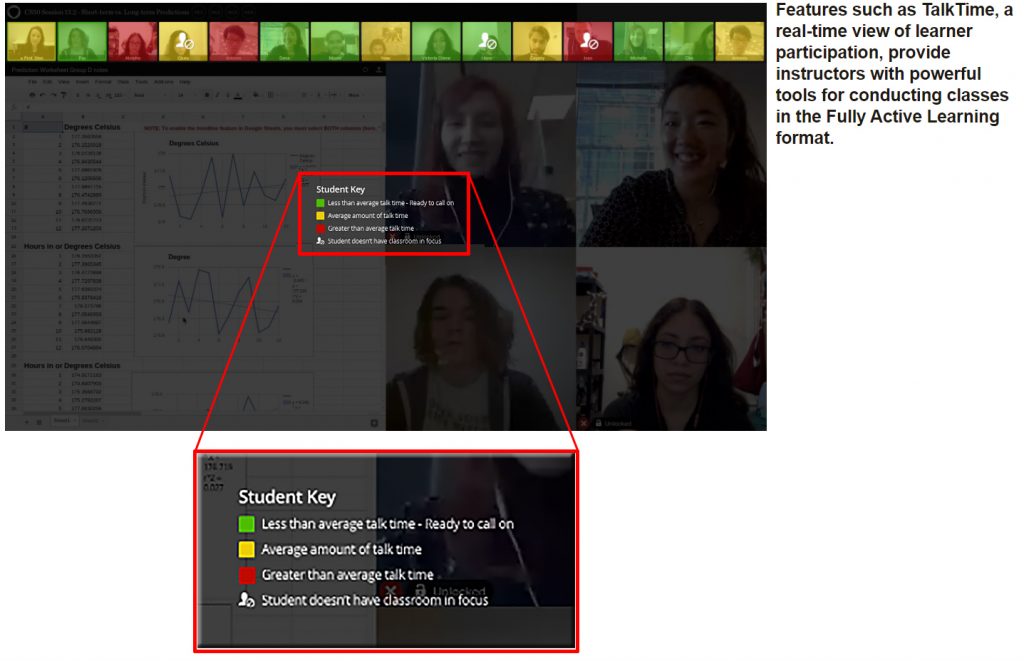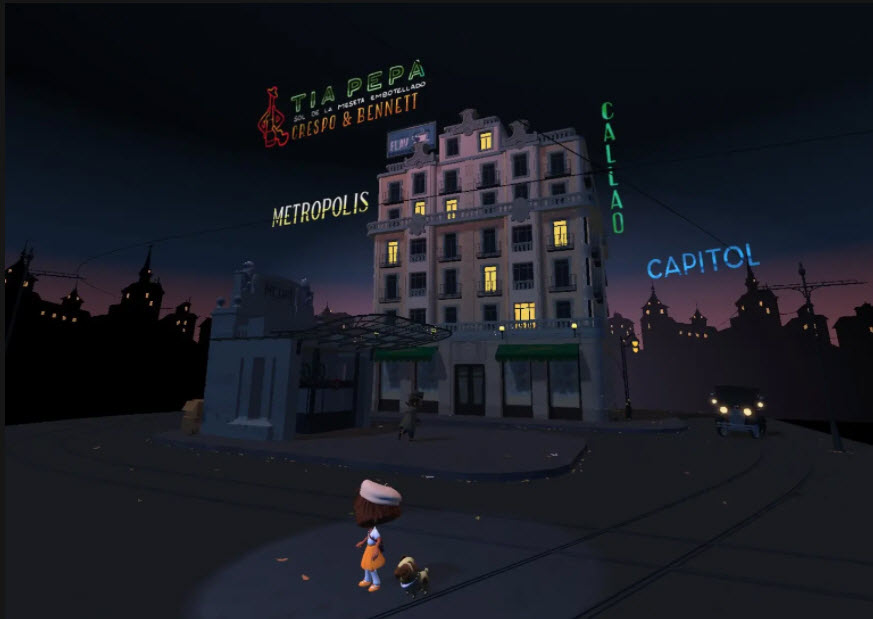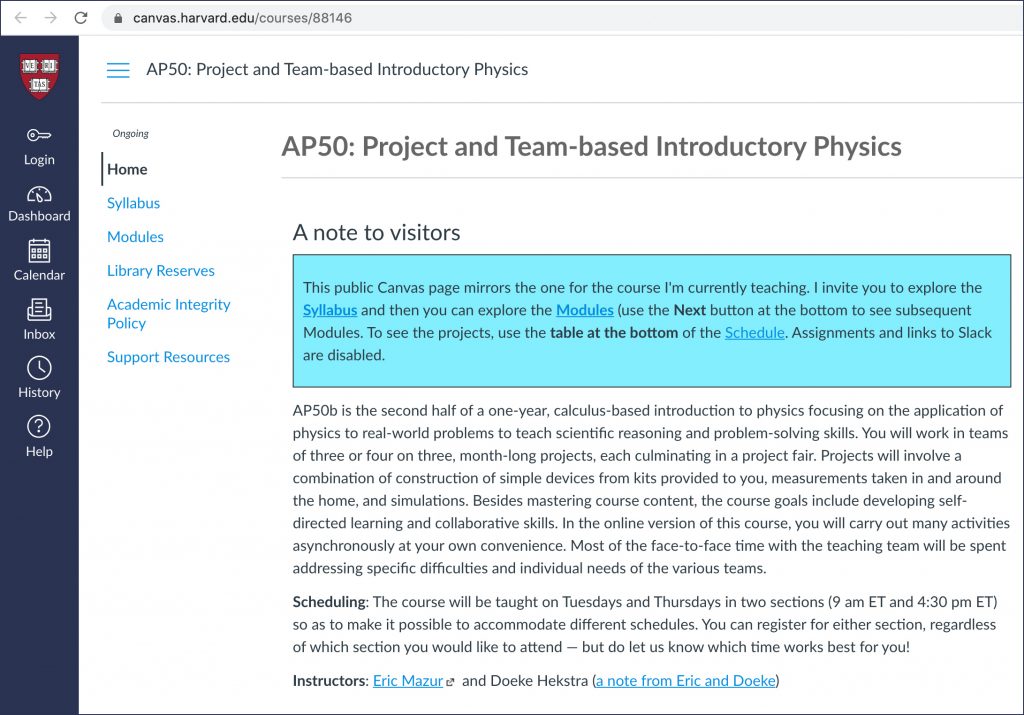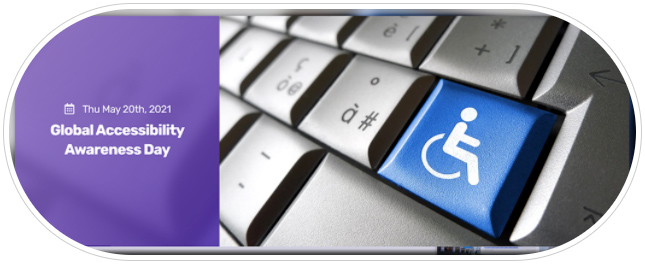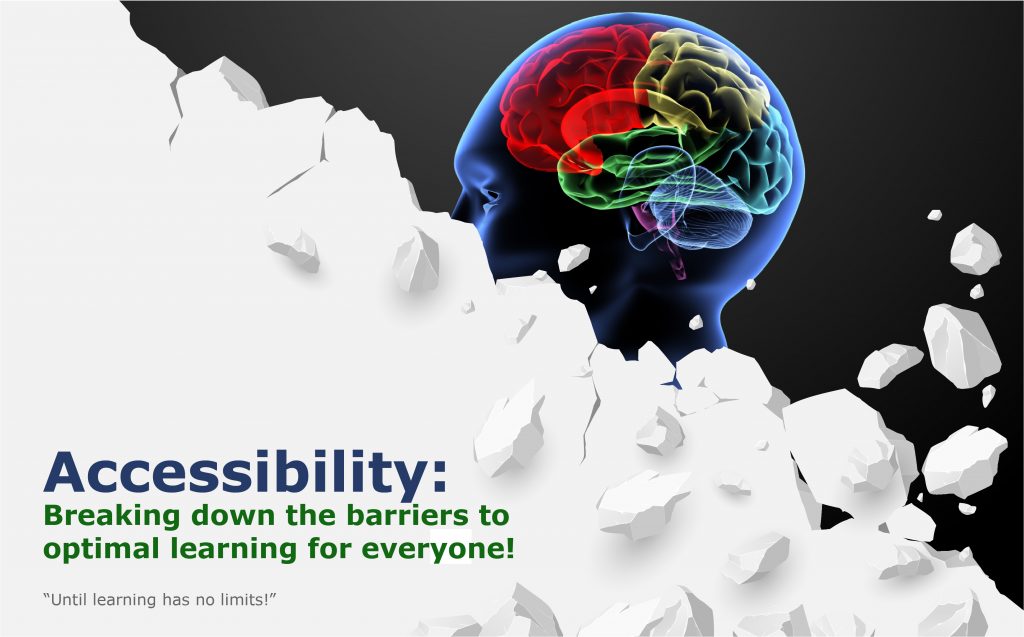From Skill to Instinct: How Higher Education can Bridge the Gap Between Classroom and Career — from edtechreview.in by Stephen Soulunii
Excerpts:
Higher education has conventionally focused on providing quality education for its students. However, modern students are increasingly attending higher education, not for scholarly pursuits, but to increase their value in an intensely competitive job market.
From DSC:
Funny how that happens when the price of getting a degree has skyrocketed through the years — and then one sees one’s family members struggling with getting out from crushing loads of debt (a process that often can take decades to do).
There is a lot that could be said here, but looking at this article makes me see how misaligned things are these days. The learning objectives that would be put forth from the corporate world don’t match up with the learning objectives as put forth by professors.
No wonder there’s a major disconnect.
One last quote drives the point home — which swims against the current that many faculty members swim in:
65% of HR professionals believe teamwork and collaboration are the most foundational people skills – and 40% believe these skills are the most lacking in new hires.
Also relevant here, this is an excerpt of a piece sent to me by Christina Ioannou:
Skills Union offers accredited cohort-based, active learning courses in partnership with leading universities and employers. Their career-focused content ranges from software engineering and UX/UI design to growth marketing and digital entrepreneurship.
The company announced a US$1.5 million seed investment round, supporting its mission to bridge the global tech skills gap, through university accredited courses that meet the needs of the rapidly growing tech sector. The investment round was led by Online Education Services (OES), part of the Seek group of companies, with notable investors including KDV, Hustle Fund, Koh Boon Hwee, Siu Rui Quek, Ishreth Hassen, Sumardy Ma, Simin Zhou and Anvesh Ramineni.
